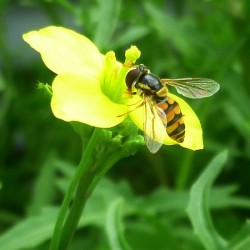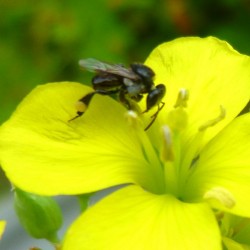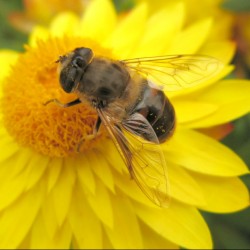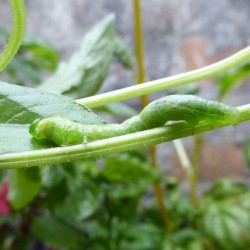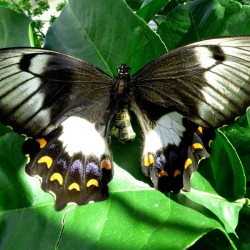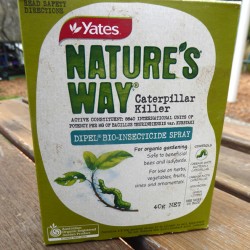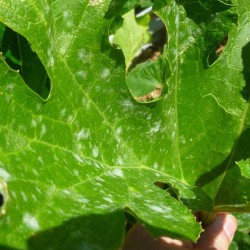Hover-fly
Hover-flies look like little wasps. They have a yellow and brown striped back and transparent wings. This mimicry helps them to scare off predators. Despite their looks hover-flies are harmless to humans, they are a real fly. The feature that lends them the name is their peculiar flight behavior. They hover in the air at [more]
